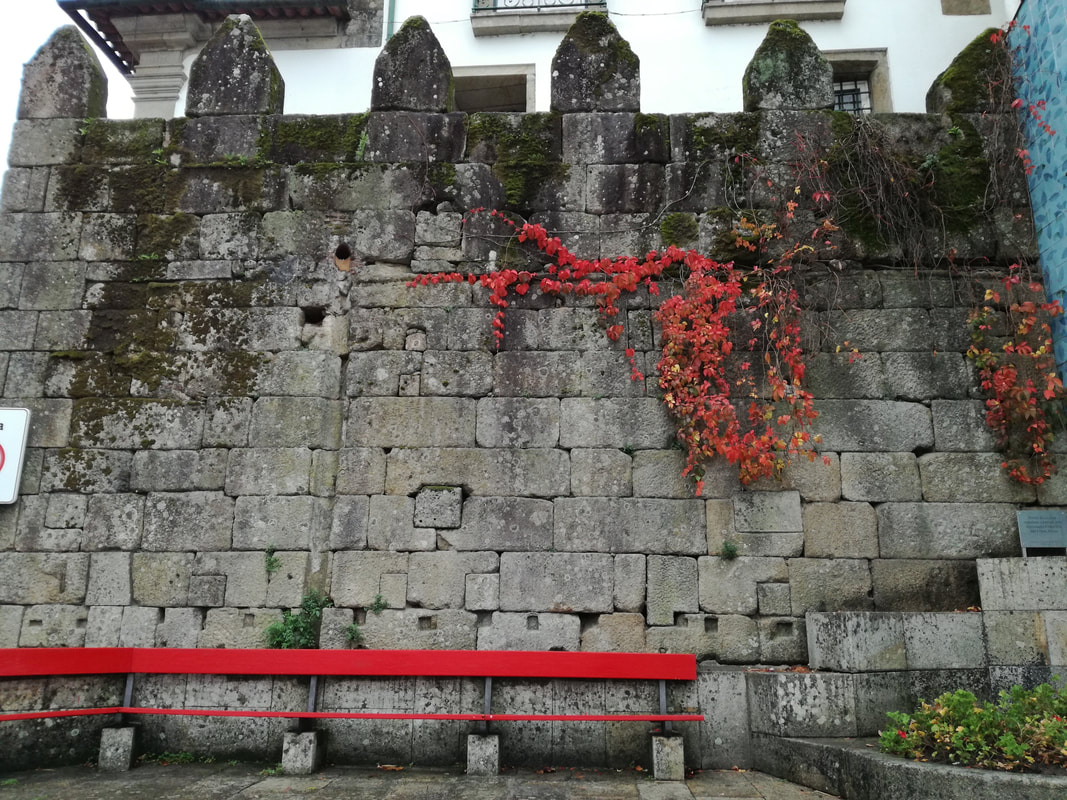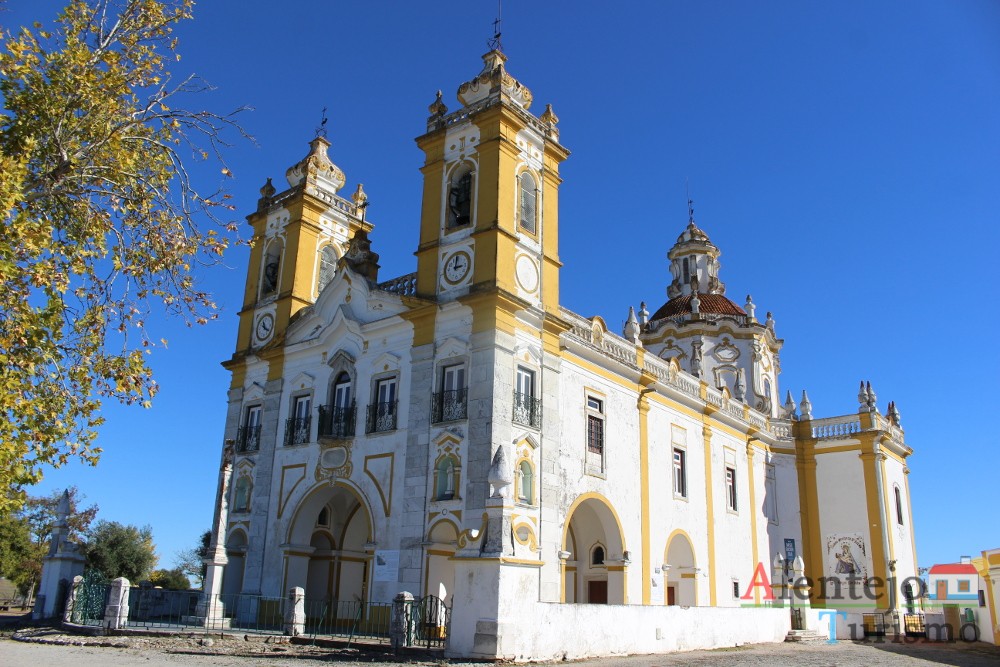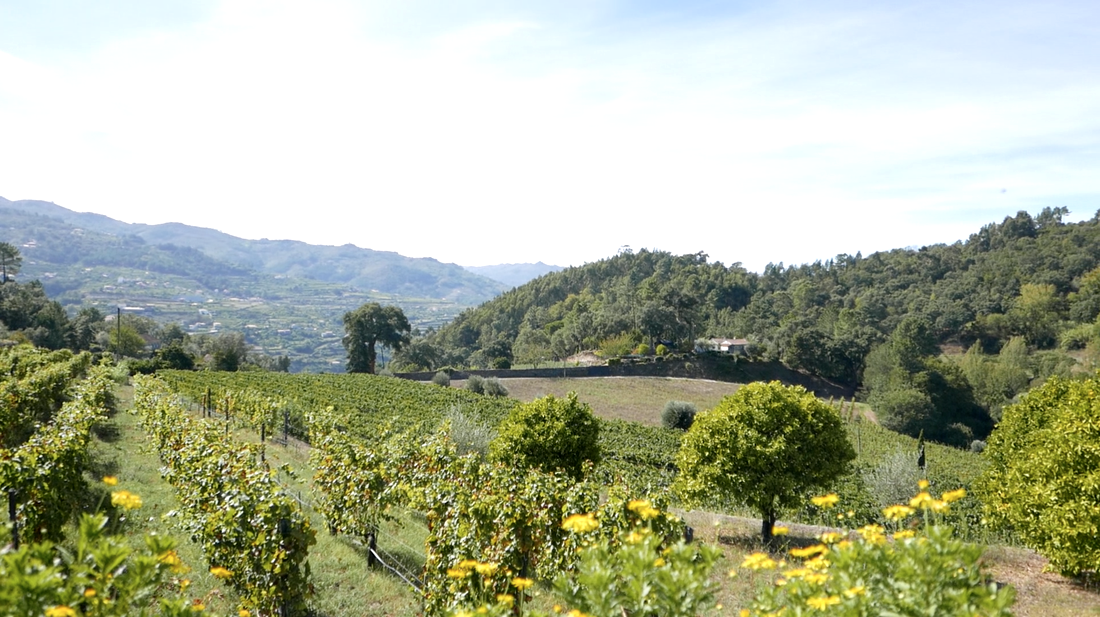|
We've once again come up with a "When to Go Where" as we have done in the past couple of years. For each month of 2020 we selected a destination in Portugal which for some reason we feel is just perfect. Read this post if you are in need of some travelling inspo. 1. January: GuimarãesSince Guimarães is where it all started it makes sense we dedicate the first month of the year to this magical city. Guimarães is considered Portugal’s birthplace because it was where D. Afonso Henriques, our very first king, was born. The city was built around the castle and the medieval centre, which was declared UNESCO World Heritage in 2001. The old churches, beautiful façades, quirky houses and narrow alleys are quite inviting to spend some time strolling around, indulging in the local food. Apart from the historical heritage, the city also has a wide cultural offer, not only in terms of venues but also lots of events throughout the year. Even in January, when the weather tends to be more gloomy and grey, there are concerts, shows and art exhibits to stay warm and cosy. Check the video we shot around the Minho region here. 2. February: GraciosaThe subtropical weather of Açores means temperatures are stable throughout the whole year, making it a safe bet even during the so-called Winter months. Graciosa is the island located further north in the central group of the archipelago and is still quite off the radar in comparison to most of the other islands. It translates to "Gracious" which should already be part of the charm, but there's another reason to visit, particularly in February. The island might not be as mind-blowing as other islands in terms of natural beauty, but it is a winner when it comes to Carnival celebrations. The traditional dances, concerts, masks, parades and folk music performances are a constant during the whole Carnival week. All the prep is taken seriously and starts as soon as the New Year begins, so you can expect a hell of a good party. To make up a complete holiday there are other interesting islands located nearby which also belong to the same group: Terceira, São Jorge, Pico and Faial. Each has its special assets and it's worth island hopping to really get a good feel of Açores. Read more about the archipelago here. 3. March: Ponte de LimaPonte de Lima is an historical town located in the heart of Minho region, between the coast and Peneda-Gerês National Park. This town is eye candy for a wide array of reasons: the green countryside, the old churches, the local gastronomy, the family owned homesteads, the wine, the picturesque alleys, the rustic restaurants... Apart from these, during Winter there's also lamprey. This local delicacy is available during the cold months up until April and Ponte de Lima is one of most famous destinations to try it. There's even a Lamprey Festival in town! The most traditional way to cook it is “à bordalesa” (a French inspired style where the fishy snake is cooked in a sort of stew with red wine), but there are variations. There is no in between - you either hate it or you love it - but most people end up in the second box as soon as they overcome its ugly looking appearance. To pair with this heartwarming dish this region has good quality wine on offer, mainly vinho verde. To learn more about Minho watch the movie we shot across the region. 4. April: Viana do AlentejoAlentejo is a very authentic Portuguese region, with a valuable cultural and ethnographic heritage and great quality local dishes and wine. To take in all that this region has to offer, it's important to have time. In the countryside of Alentejo the clock ticks at a different pace and no one rushes, which makes it the perfect place to slow down. Spring in the countryside of Alentejo is gorgeous, with the sun warming up the days and the wild flowers sprinkling the green fields with bright colours. Viana do Alentejo is an adorable small town in the Northern portion of the region, right in the centre of the country. With a very long history and ancient traditions, Viana do Alentejo is worth a visit despite the time of the year, but Easter means the traditional celebrations are taking place. The religious parades are something special, particularly the one held on the last weekend of April, when hundreds of people on horseback parade from Vila da Moita do Ribatejo to Viana do Alentejo, being received by the local inhabitants with laughter and cheers. To read more about Alentejo inland hit the Inspire Me section of our website and watch this video. 5. May: Serra d'Aire e CandeeirosSerra d'Aire e Candeeiros Natural Park is located in the west central region of Beiras and hides the biggest limestone plains in the country. This rock is permeable to water, which continuously shapes the soil (sometimes without us even noticing). Because the water infiltrates into the soil, there are many caves, grottoes and tunnels that are open to the public and can be visited. It is an almost surreal experience to walk around massive caves where there are subterranean lakes, hidden passages and bridges. For those who are not eager to descend below the surface, there's a lot to do in broad day light. The park is ponctuated by geological phenomenas typical from limestone areas and incredible landscapes can be explored by doing short road trips. Hiking is a great idea for fans of the outdoors, MTB is another option for those wanting an extra dose of adrenaline and arts & crafts for the ones who rather sit and learn about the cultural heritage. 6. June: Óbidos and PenichePicture this: walking around a medieval town and then driving for 30 min. to go for a dip in the ocean… sounds dreamy doesn’t it? It’s possible to do so in Óbidos and Peniche. June is a great time as the natural scenery is a stunner and there are less tourists in comparison to July and August. Óbidos is one of the most beautiful and best preserved medieval towns in the country and it's an excellent destination for a short weekend/week break. The lagoon of Óbidos is also a plus, where tourists can do SUP, kayaking, sailing or just admire the local fauna, particularly birds. Peniche is a small fishermen town located on the central coast of the country, only half an hour driving from Óbidos. There, watersports and fresh fish are a given, and they're great. 7. July: Costa VicentinaFor most Portuguese families Summer entails going to the beach. Having mediterranean roots we crave the sun and the salty ocean and July is one of the best months to venture to Costa Vicentina. This stretch of the Portuguese coast, which extends from Odeceixe to Sagres, is part of a beautiful protected reserve and belongs to the Algarve region. The wild landscapes, great waves and laidback vibe are the biggest assets, which make Costa Vicentina a top destination during summertime. In July warm days and happy travellers are a given and most people tend to rest at the beach and then indulge on fresh fish, seafood and other local specialties. This natural park is perfect for outdoors enthusiasts as it offers a wide array of options for both sport junkies and sun seekers. For hiking fans Rota Vicentina is the way to go. Read about this network of trails in the southwest of Portugal here. 8. August: Douro VerdeThe Douro Verde translates to the "Green Douro" and is basically the area that flanks the river Douro on the western portion of its course, around Baião, Cinfães, Marco de Canaveses and Resende districts. Despite not being the most famous part of the Douro Valley, the Douro Verde has a lot going on in its favour: great vinho verde, beautiful green landscapes, spectacular gastronomy and a rich cultural and historical heritage. The Romanesque Route and the Writers Route also attract many visitors, specially those with a weak spot for Portuguese literature and religious buildings. During later Summer the scenery shifts colours and the usual green turns into yellow, orange and red. Another plus is its location as it's only 1h away by car (or 1h30 by train) from Porto, making it a great place to escape the city. We're releasing a short video about the Douro Valley soon, so keep your eyes peeled. 9. September: Ria Formosa Natural ParkFaro is the capital city of the Algarve region and the local airport reaches its peak during the summer months, particularly in August. Although the Algarve is possibly the most famous Portuguese destination during summer time, the islands inside Ria Formosa Natural Park, particularly the ones near Faro, seem to escape most people hit list and remain peaceful and stunning. Ria Formosa Natural Park is a natural reserve that comprises about 18.000 hectares located in the southeastern part of the country. The beautiful lagoon and the sandy barriers between the sea and the shore (which form the most gorgeous beaches) offer spectacular views. Most beaches inside the natural park are only accessible by boat, which somehow turns into an exciting daily adventure, specially for the kids. Later in the afternoon the lagoon can also be explored in more active ways, such as kayaking or doing SUP, in a close contact with nature. This part of the Algarve is meant to be seized with no rush and no schedules, apart from following the sun. Read more about this other Algarve here. 10. October: MarvãoMarvão is an enchanting little town located at the top of the hill, right in the middle of Serra de São Mamede Natural Park. The white washed houses, quirky streets and magnificent castle form what appears to be a medieval movie set. In fact, the town is very well preserved and worth exploring on foot with no compass. In October this little and quiet town turns into a famous cultural hub thanks to the Islamic Festival “Al Moussassa”. This celebration intends to highlight this region's islamic roots: there's an arab market, people wear pieces of clothing similar to the ones used at the time, there are arts and crafts stands, traditional games, knights, music, dance, fire spitting men, snake enchanters, birds of prey... Marvão turns into a circus of colour and laughter which shall not be missed. To explore more of Alentejo inland read this article and watch the movie we made about the whole region here. 11. November: Templar's RouteAfter the Templars Order was extinguished in 1312 some knights fled to Portugal and the Order of the Christ was founded. They helped the Portuguese king D. Dinis fight the Spaniards and the Moors and protect the Portuguese kingdom. There are many interesting places to visit along the Templars Route and these are a few of our favourites: the castle of Almourol, which was built in 1171 in an islet in the river Tejo; the historical village of Monsanto, with its incredible architecture utilising nature's resources, the castle and the chapel of São Pedro de Vira-Corça (the 2nd oldest in the country); and of course Tomar, with a famous castle from which the Templars fought back the Portuguese enemies, and the Convent of Christ. 12. December: Castelo RodrigoWhen the weather is cold and grey everyone craves a fireplace and a warm drink. Castelo Rodrigo is the perfect setting for some lazy days in the countryside, with the sound of silence and a peaceful aura. This picturesque historical village is located in Beira Alta Interior, on a steep hill with 820m, near the border with Spain and Douro International Natural Park. Although the village is very peaceful, it has gone through some very turbulent periods throughout the times. It was conquered by the Moors in the 11th century, then became dependent from the territory that now belongs to Spain and only in 1297 it was declared part of the Portuguese kingdom. Since then it has remained pretty much unchanged in terms of architecture and is considered one of the best preserved villages in the whole country. The surroundings are another plus, with natural reserves, rock art engravings which are UNESCO World heritage, wine making estates and beautiful wild landscapes. DO YOU NEED HELP PLANNING AN ESCAPE FOR 2020?
First see how it all works :) Let us know what are your interests and expectations and we'll help you come up with an itinerary and sort out everything else for you. Subscribe to receive our newsletter and get special deals and news first hand!
0 Comments
Leave a Reply. |
Categories
All
|
Telephone+351 938 503 009
|
|
Turismo de Portugal RNAVT nº 6915
|














